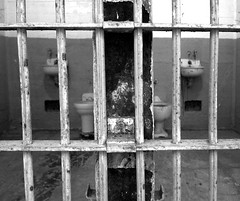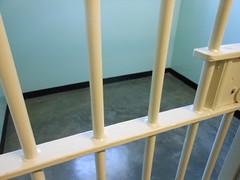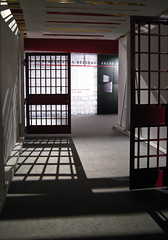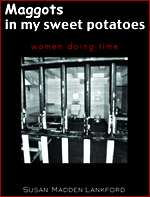 Tuesday evening the Southern Poverty Law Center filed for a preliminary injunction against the New Orleans sheriff’s office. This filing pointedly requested the intervention of a federal judge due to the severity of the allegations.
Tuesday evening the Southern Poverty Law Center filed for a preliminary injunction against the New Orleans sheriff’s office. This filing pointedly requested the intervention of a federal judge due to the severity of the allegations.
This action come a mere one month after the SPLC filed a proposed class-action lawsuit against Orleans Parish Sheriff Marlin Gusman over unsafe and unconstitutional jail conditions. Allegations that were supported by a Department of Justice inspection a few weeks later that found “inadequate staffing levels in jail facilities, pervasive violence and substandard mental health care.”
These findings were hardly shocking to anyone who was paying attention back in 2009 when prior DOJ investigations revealed a similar level of unconstitutional activities. In the intervening time, to the intense frustration of advocates, there was practically no public communication from the feds or local authorities about how to resolve the problems.
This latest filing by the SPLC requests U.S. District Judge Lance Africk to both grant investigating attorneys “expedited discovery” and hold a hearing about the conditions in jail within the next 90 days. (It is worth noting that Gusman’s office had asked last month for an extension of the original lawsuit.)
As if the findings prompting the lawsuit were not enough, reports are now filtering in about escalating violence in the facilities under scrutiny – violence that seems to have a level of retribution in its make-up.
Laura Maggi, a reporter for The Times-Picayune, brings us the unpleasant details:
Since the lawsuit, there has been an ‘uptick’ in violence, while inmates who need mental health care continue to be neglected, wrote Katie Schwartzmann, managing attorney for the law center. For example, the filing accuses jail deputies of anally raping an inmate with an object, beating up another shackled inmate and failing to protect three inmates attacked by other inmates.
One of the original plaintiffs, inmate Kent Anderson, signed an affidavit that deputies have threatened him since the lawsuit, saying they could move him back to a jail facility where he believes isn’t safe. ‘Since my lawyers filed the lawsuit, things have been hell for me. Deputies tell me, ‘You want to complain about things? You want to tell your lawyers? We’ll send you back to Old Parish Prison,” according to the affidavit.
Our justice system is flat out broken, there is no other way to truthfully describe it. Conditions of overcrowding and violence are found across the nation, and often in facilities housing not only male offenders, but also those incarcerating women and youths.The situation in Orleans Parish Prison is a horrible reminder of this fact.














